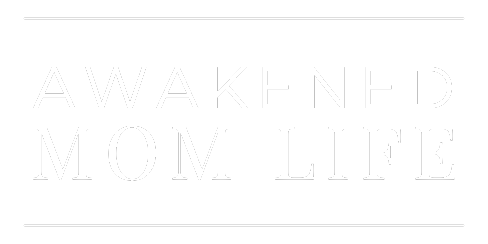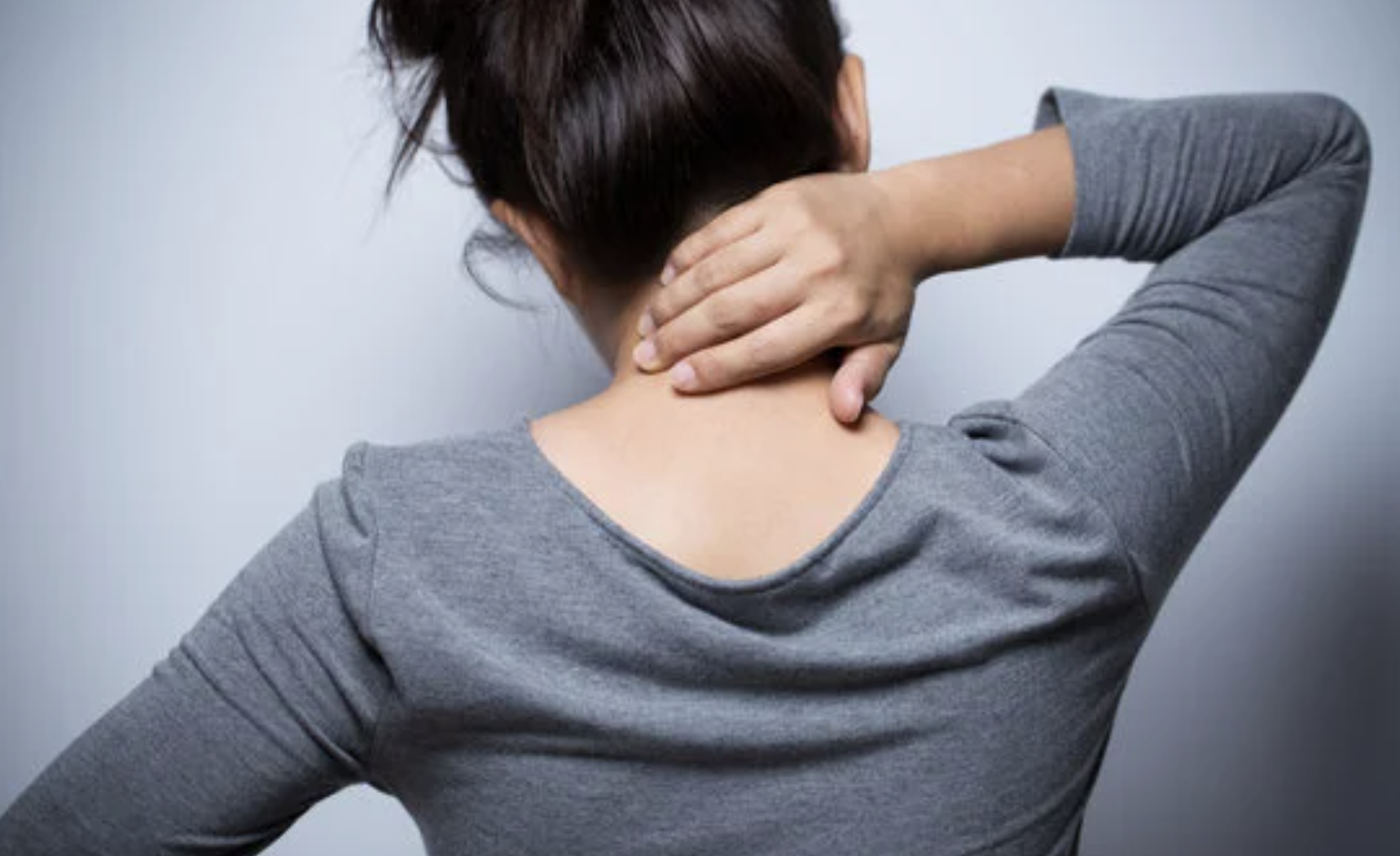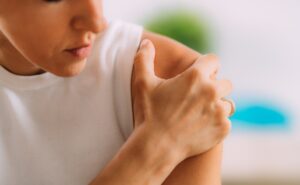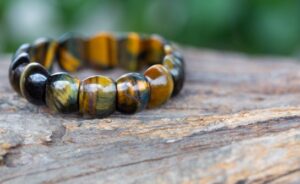I have struggled with chronic pain for my entire life. I remember being in high school and having extreme pain and always feeling sick; I thought it was normal. It turns out my pain was the result of toxic stress from childhood trauma. My pain levels have increased as I’ve gotten older, and I’ve tried so many things to help.
For the first time in my life, my chronic pain is actually improving—some of it is going away entirely. And the reason is because I started understanding the root cause (unresolved trauma) and I began to heal holistically.
When begin a journey to release the biological impact of trauma, incorporating various techniques is key. Below, you’ll find a list of techniques that can be included in your healing practice. Learn more about the Holistic Trauma Reset™ and why it’s important to approach trauma healing with a holistic approach.
Let’s face it, chronic pain can be debilitating and negatively affect your quality of life. Managing chronic pain can be challenging, especially when traditional approaches such as medication and physical therapy have limited effectiveness.
This can be the case when your pain is caused by deep stress and unresolved trauma. You aren’t alone, and I want to share some methods that have helped me.
Below are some items I keep in my “Chronic Pain Toolbox” so I have options when things get really tough. Keep in mind there are no one-size-fits-all solutions. I encourage you to try things and see what works. If it doesn’t work, move on and try something else.
Here are some chronic pain tools and methods that I recommend trying:
1. Cupping

Cupping is an alternative therapy that involves placing cups made of glass, bamboo, plastic, or silicone on the skin and creating a vacuum by suctioning the air out of the cups.
This technique is often associated with Chinese medicine and has been used for thousands of years to treat various conditions.
There are two types of cupping: dry cupping and wet cupping. Dry cupping involves creating a vacuum in the cups and leaving them in place for a few minutes. Wet cupping involves creating small incisions on the skin before applying the cups to draw out a small amount of blood.
*(I have not tried wet cupping and can’t speak to the effectiveness)
Cupping can help reduce pain and inflammation and promote relaxation.
It’s important to note that cupping can cause temporary bruising and skin irritation, which may not suit everyone. If you’re considering trying cupping, it’s important to consult with a qualified healthcare provider to determine if it’s safe and appropriate for you.
If you decide to try it at home, you can purchase cups on Amazon. I have two sets of this brand, and I love them. I’ve had them for years.
2. Dry needling
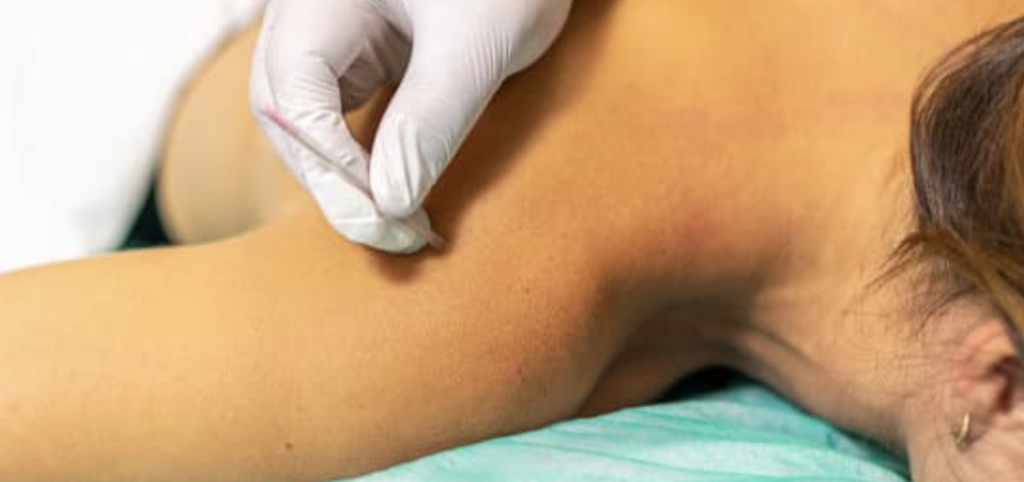
Dry needling is a technique used by healthcare providers, including physical therapists, chiropractors, and acupuncturists, to treat muscular pain and dysfunction. This isn’t something you can try yourself.
The technique involves inserting a thin, sterile needle into the skin and muscle at specific trigger points to relieve pain and improve range of motion.
The needles used in dry needling are similar to those used in acupuncture, but the treatment’s technique and goals differ.
Dry needling can be used to treat a variety of conditions, including chronic pain, headaches, and sports injuries.
The technique is generally considered safe when performed by a trained healthcare provider, but it can cause temporary soreness or bruising at the needle insertion site.
It’s important to note that dry needling should be performed by a licensed healthcare provider with specialized training in the technique. If you’re considering dry needling as a treatment option, talk to your healthcare provider to determine if it’s right for you.
3. Acupuncture

Acupuncture is a traditional Chinese medicine practice that involves the insertion of thin needles into the skin at specific points on the body. Acupuncture is often used as a complementary therapy for managing chronic pain, and there is some evidence to suggest that it can effectively reduce pain levels.
One theory behind how acupuncture works are that it stimulates the body’s natural pain-relieving chemicals, such as endorphins, to help reduce pain levels.
Acupuncture may also stimulate the nervous system to release neurotransmitters to help modulate pain signals.
Acupuncture can be used to treat a wide variety of chronic pain conditions, including back pain, neck pain, and osteoarthritis. In some cases, acupuncture may be used as a stand-alone treatment, while in others, it may be used in conjunction with other therapies, such as medication or physical therapy.
If you’re considering acupuncture for chronic pain, it’s important to talk to your healthcare provider to determine if it’s a safe and appropriate treatment option for you.
Learn more about the difference between acupuncture and dry needling for you specific pain needs.
4. SI Joint Belt

If you’ve suffered pelvic pain after giving birth, you know it’s one of the worst. An SI joint belt can provide relief when your pelvic pain is worse, which is usually during your period. During menstruation, your body produces hormones that can affect the ligaments and connective tissues around the SI joint, leading to increased pain and discomfort.
A SI joint belt is a special type of belt that is designed to support and stabilize the sacroiliac (SI) joint, which is the joint that connects the sacrum (the triangular bone at the bottom of the spine) to the pelvis. The belt is worn around the hips and is typically made of neoprene or other similar materials.
SI joint belts are often used by people who suffer from chronic pain in the lower back, hips, or buttocks caused by problems with the SI joint. These problems can be due to injury, inflammation, arthritis, or other issues that affect the alignment or stability of the joint.
The belt helps with chronic pain by providing compression and support to the SI joint, which can help to reduce inflammation, stabilize the joint, and alleviate pain. It can also help improve posture and alignment, reducing pressure on the SI joint and relieving pain.
It is important to note that an SI joint belt is not a cure for chronic pain but a tool to help manage and alleviate symptoms occasionally. It is essential to use the belt as directed by a healthcare professional.
5. Massage gun
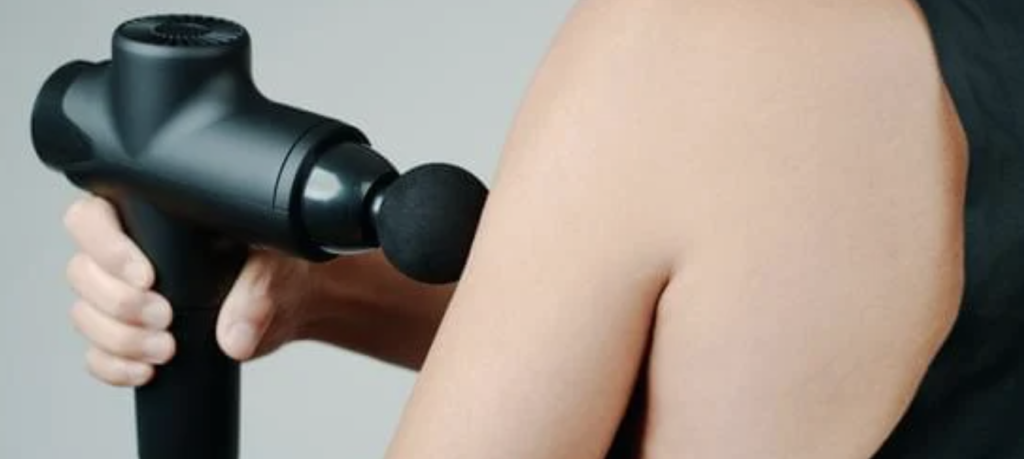
The massage gun I got for Christmas was a great addition to my chronic pain toolbox—you can use it yourself or get help from your spouse.
A massage gun, also known as a percussion massager, is a handheld device that delivers high-frequency percussive or vibration therapy to muscles and soft tissues. It typically consists of a motorized head that oscillates back and forth, delivering rapid pulses of pressure to an area of your body.
Massage guns are designed to help with chronic pain by providing deep tissue massage, which can help release muscle tension and knots and improve circulation. This can help to reduce inflammation, alleviate pain, and improve mobility.
The rapid pulsations of the massage gun can also help to stimulate the nervous system, which can help to reduce the sensation of pain and promote relaxation. This can be particularly helpful for people with chronic pain conditions such as fibromyalgia, arthritis, or chronic back pain.
Massage guns can be used on various parts of the body, including the back, neck, shoulders, arms, legs, and feet. They are often used by athletes and fitness enthusiasts to aid in recovery after exercise, but they can also be beneficial for people with chronic pain conditions.
It is important to note that massage guns should be used cautiously and under the guidance of a healthcare professional, particularly if you have an underlying medical condition or injury. Overuse or misuse of the device can cause further damage or exacerbate pain.
6. Trigger point massager

A trigger point massager is a handheld device designed to help relieve muscle pain and tension by targeting specific trigger points, which are areas of tightness or knots in the muscle tissue.
It typically consists of a small, handheld device with a curved or pointed tip that can be used to apply pressure to the trigger point.
Trigger point massagers work by applying pressure to the trigger point, which can help to release the tension and increase blood flow to the area.
This can help to reduce inflammation, alleviate pain, and improve mobility. Trigger point massagers can be particularly helpful for people with chronic pain conditions such as fibromyalgia, chronic back pain, or tension headaches.
Trigger point massagers can be used on various parts of the body, including the back, neck, shoulders, arms, legs, and feet. They can be used as a standalone treatment or in conjunction with other treatments, such as physical therapy, massage therapy, or medication.
Just like the other tools here, remember that a trigger point massager should be used cautiously and under the guidance of a healthcare professional, particularly if you have an underlying medical condition or injury. Overuse or misuse of the device can potentially cause further damage or exacerbate existing pain.
7. Foam roller
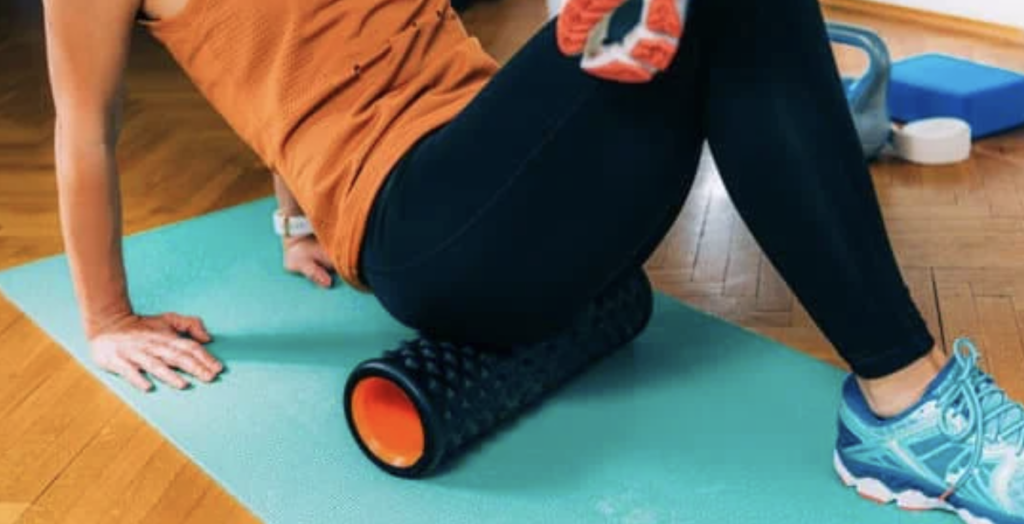
I used to travel frequently, and my foam roller was one thing that I would always find room for. It’s a lifesaver for my back.
A foam roller is a cylindrical exercise device commonly used for self-myofascial release (SMR) and muscle massage. It is typically made of dense foam and comes in various sizes and densities.
Foam rollers are used to apply pressure to specific areas of the body, such as the back, legs, hips, and arms, to help release tension, alleviate pain, and improve mobility.
The pressure from the foam roller can help to break up knots and adhesions in the muscle tissue, which can help to improve blood flow, reduce inflammation, and promote healing.
Foam rolling is often used as a warm-up or cool-down activity before or after exercise, but it can also be used as a standalone treatment for chronic pain conditions such as fibromyalgia, chronic back pain, or IT band syndrome.
There are various techniques for using a foam roller, including rolling back and forth over the targeted area, holding the roller on a specific spot, and using it to apply pressure while stretching. It is important to use proper technique and avoid applying excessive pressure, as overuse or misuse of a foam roller can potentially cause further damage or exacerbate existing pain.
Foam rollers are available in various densities, with softer foam rollers being better suited for beginners or people with more sensitive muscles, while firmer foam rollers are better suited for people who require deeper pressure to release tension. It is important to choose a foam roller that is appropriate for your level of experience and fitness goals.
8. Kinesio tape / Kinesiology Tape
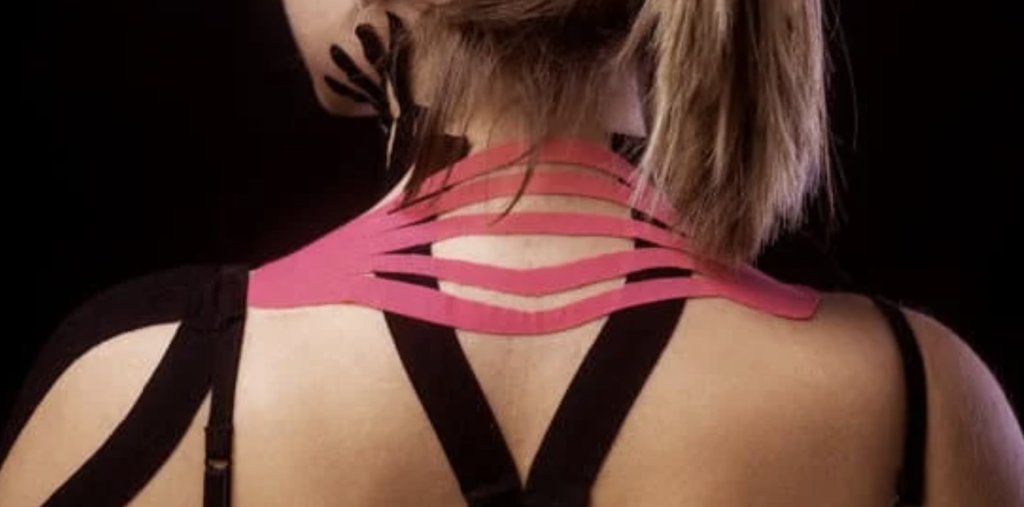
While kinesiology tape is awful to take off, I will say it’s worth it. I use kinesiology tape on my back when I can’t find any other way to get relief. I’m always amazed at how much it helps. It’s like a little miracle tape.
Kinesio tape is made of a thin, stretchy, and breathable fabric designed to mimic human skin’s properties. It is applied to the skin using a specific taping technique that allows the tape to stretch and move with the body, supporting the muscles and joints while allowing for a full range of motion.
You can keep Kinesio tape on for several days and up to a week, depending on how your skin reacts.
Kinesio tape is believed to work by lifting the skin and underlying tissue away from the affected area, which can help to improve circulation, reduce inflammation, and promote healing.
It can also help stimulate proprioception, the body’s ability to sense its position and movement in space and improve neuromuscular feedback.
Kinesio tape can help with chronic pain by providing support and stability to the affected area, reducing inflammation, and improving circulation and neuromuscular feedback.

